Content
- Video review
- Equipment and design
- Software
- Camera
- Performance and Benchmarks
- findings
We finally got to Russia not long agoflagship smartphones of the Xiaomi 13 series. The price of even the younger model, which we will talk about today, hints that this is a serious flagship, and the characteristics at first glance confirm this: Snapdragon 8 Gen 2, three full-fledged cameras, stereo, fast and wireless charging, 120Hz AMOLED… But is everything really that good? Let's figure it out. True, we will do this using the example of the Chinese Xiaomi 13.
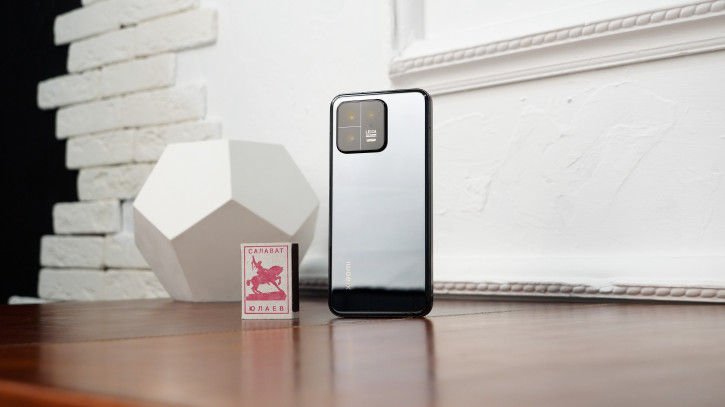
 |
Specifications Xiaomi 13 |
|---|---|
| Network | 2G, 3G, 4G, 5G |
| Firmware | Android 13 with MIUI 14 |
| Screen | 6.36″, 2400×1080 pixels, 20:9, AMOLED, 120 Hz, touch 240 Hz, 1200 nits (peak 1900 nits), Gorilla Glass Victus |
| Chipset | Qualcomm Snapdragon 8 Gen2, 4 nm CPU: 1 x X3 x 3.2GHz + 2 x A715 x 2.8GHz + 2 x A710 x 2.8GHz + 3 x A510 x 2GHz GPU: Adreno 740 |
| Ram | 8/12 GB LPDDR5X |
| ROM | 128/256/512 GB UFS 4.0 |
| SIM and memory card | Two nano-SIM slots |
| Camera | Main: 54 MP (->13.5 MP), Sony IMX800, 1/1.49″, 1 µm (-> 2 µm), f/1.8, OIS, autofocus, video recording 4320p@24fps wide angle: 12 MP, OmniVision OV13B, 1/3.06″, 1.12 µm, f/2.2, video recording 2160p@30fps telephoto: 3.2x, 10 MP, Samsung 3K1, 1/3.75″, 1 micron, f/2.0, OIS, autofocus, video recording 1080p@30fps |
| Selfie | hole in the center, 32MP, OmniVision OV32C, f/2.0, 1080p@30fps video recording |
| Battery | 4500 mAh |
| Charging | USB Type-C 2, 67W Qi 50W Reversible Qi, 10W |
| Wireless interfaces | WiFi 6E Bluetooth 5.3 A-GPS, GLONASS, Galileo, Beidou Infrared port |
| NFC | there is |
| Biometrics | Fingerprint scanner (on screen) |
| Sound | Stereo speakers |
| Water protection | IP68 |
| Dimensions and weight | 152.8 x 71.5 x 7.98 mm 189 g |
Video review
Equipment and design
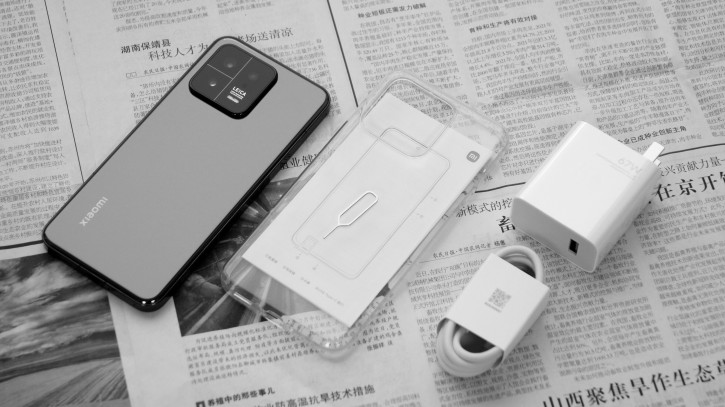
Don't ask why the photo is black and white
The Xiaomi 13 package is not cut in any way,but there are no surprises here - a protective case, a 67-watt charger, a USB cable, documentation, a SIM needle, and, of course, the smartphone itself. Three colors are available in Russia (white, black and light green), in other countries there are eight more design options. Among them are insanely bright blue, red and green, available only in China, as well as three Leica-style options, which also remained exclusive to the Middle Kingdom. There was not much demand for these colors, but if you want to stand out, take a closer look at them.
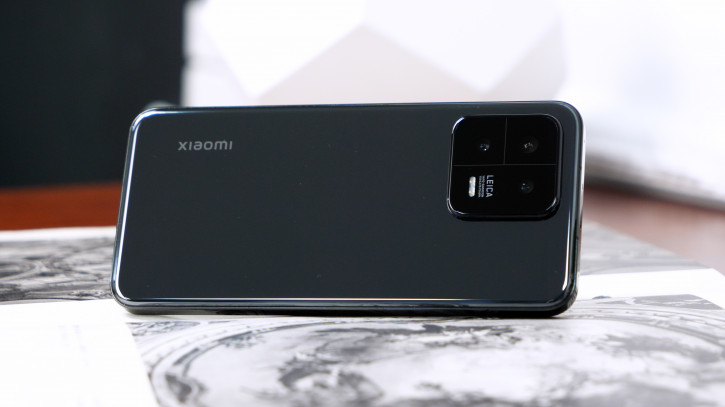
Case materials are as standard as possible:aluminum frame, glass back. The blue Xiaomi 13 with a silicone skin cover stands out a bit, but this version did not reach Russia. The design is also as standard as possible; I'm not even sure that a designer was involved in the development of a smartphone at all. A bar with rounded corners, a sloping lid, and a big boring camera block. I can't call a smartphone beautiful.

The ergonomics of the device is also very controversial.On the one hand, it is quite compact and therefore easier to use than most other flagships. On the other hand, the shape of the case is so unsuccessful that the smartphone does not lie well in the hand. As Eugene very aptly noted in the review, if you take the Xiaomi 13 screen to the palm of your hand, it will become much more convenient. It shouldn't work like this, Xiaomi! In addition, I will scold the build quality: sloppy end buttons are not serious for a flagship.

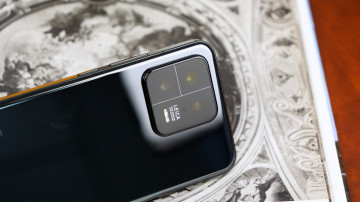
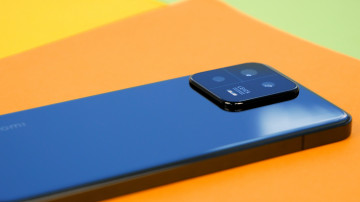
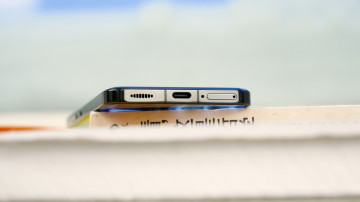
The location of the elements on the case is completelystandard, I won’t even list. The only thing I want to pay attention to is that two microphones are placed on the upper end at once, instead of placing one of them next to the cameras. There is no microSD slot, as well as an audio jack, but there is an infrared port. The fingerprint scanner is placed on the screen, it is optical, it works well, albeit slower than ultrasonic counterparts.
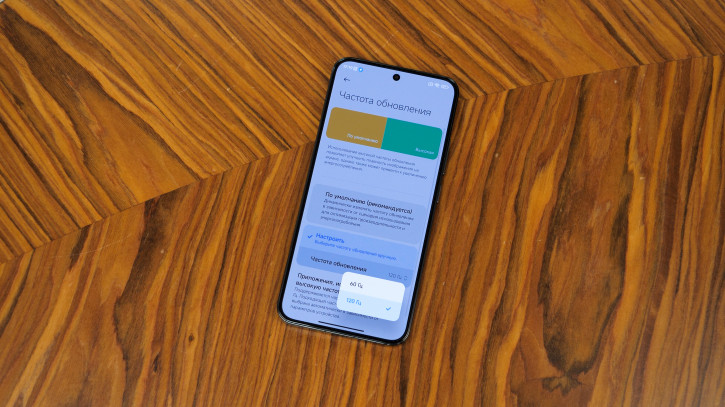
And since we're talking about the screen, then:6.36″, AMOLED, 120 Hz, 2400×1080 pixels, 20:9, 414 ppi. There is support for DC Dimming, so the high default shim ratio should not bother you - just turn on the function, and the harmful flicker disappears. DC Dimming does not affect either the resolution (it is not adjustable here at all) or the hertz, so don’t worry. Although in general it’s worth worrying about Hertz: it doesn’t work in all applications (and even manually adjusting the frequency doesn’t always help), it doesn’t work in games and turns off when it gets hot. But more on that later. Touch – 120 Hz in the interface and 240 Hz in games.
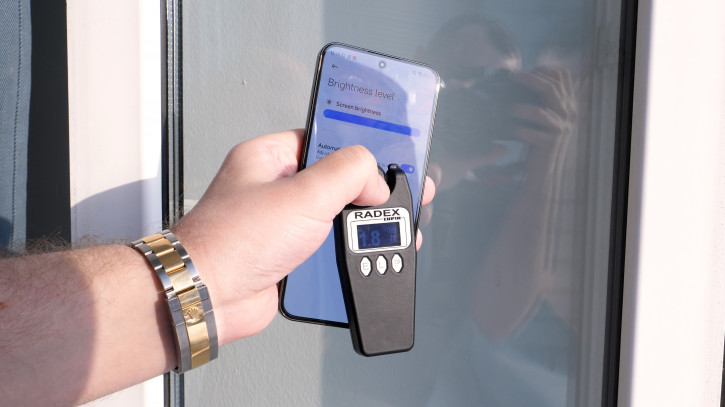
Yet, with all the problems with hertz, the screenleaves a very pleasant impression. Sufficiently bright, contrasting, with maximum viewing angles and accurate color reproduction. And, of course, very thin symmetrical frames. The front of the phone looks amazing (although the punch-hole Red Magic 8 Pro is even better in my opinion). The pleasant impressions are complemented by an excellent vibration motor with many very appropriate and pleasant effects scattered throughout the system. Where there are good fellows, there are good fellows. But the sound is not great, although the speakers are stereo, but the upper one is much quieter than the lower one, and in general it’s not so hot.
Software

Xiaomi 13 runs on MIUI 14 with Android 13 inside- that is, on the latest software from a Chinese company. Anything else would be strange, perhaps. The firmware was coolly refreshed in the new version, many new widgets were added, a lot was harmonized. Not in the sense they made it look like HarmonyOS, but in the sense they brought harmony. In the global version, many chips are not available, but mostly those that are oriented to use as part of Chinese services. And in Chinese there is no Russian language, but this is easily fixed through SetEdit. I did not pervert, so keep the screenshot gallery in English.
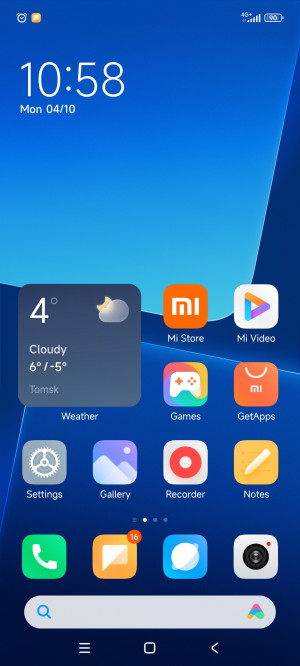
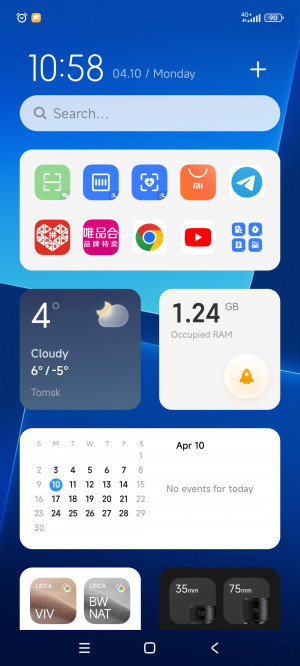
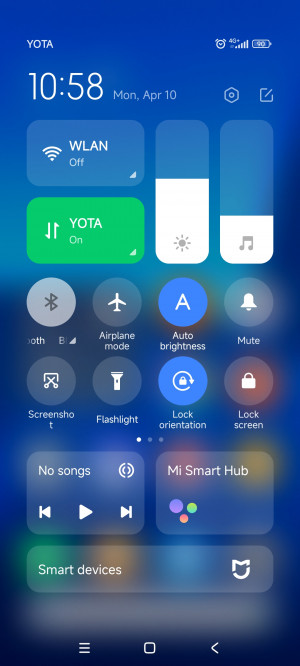

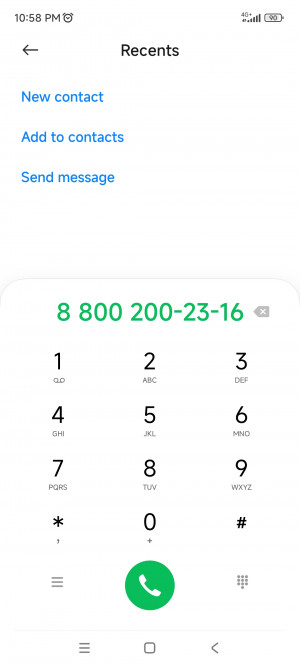
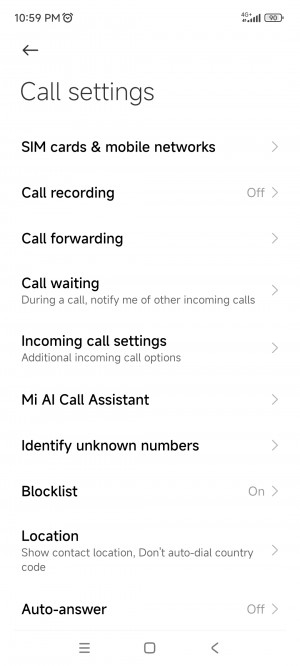
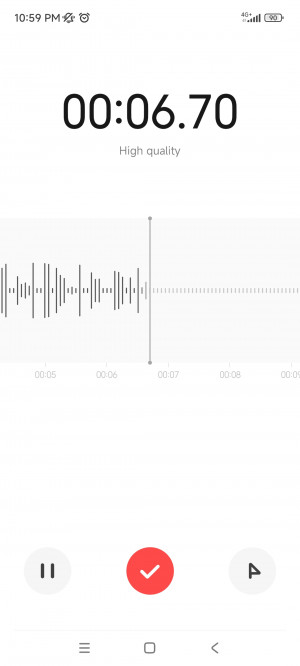
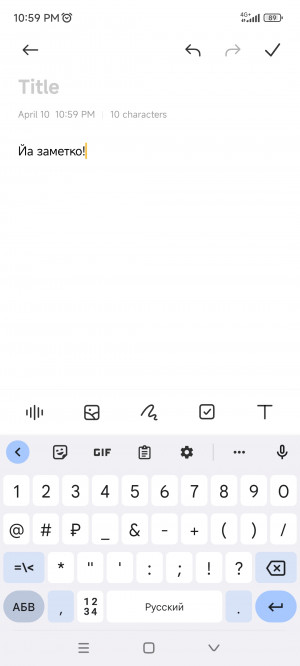
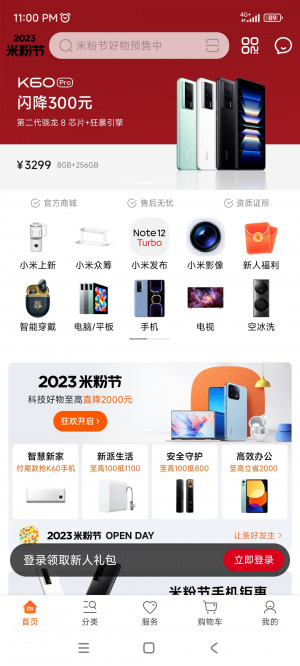

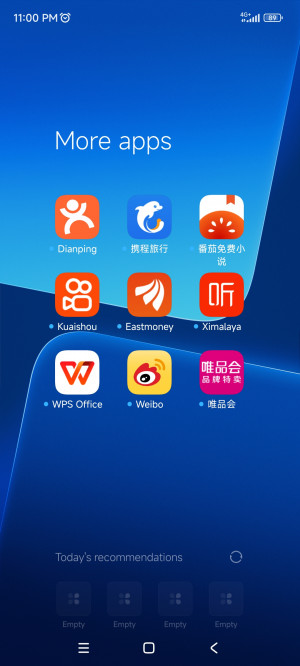
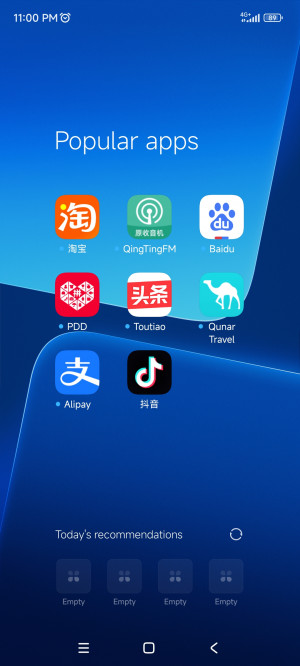

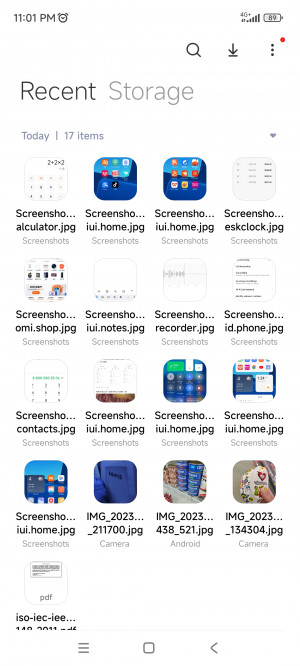



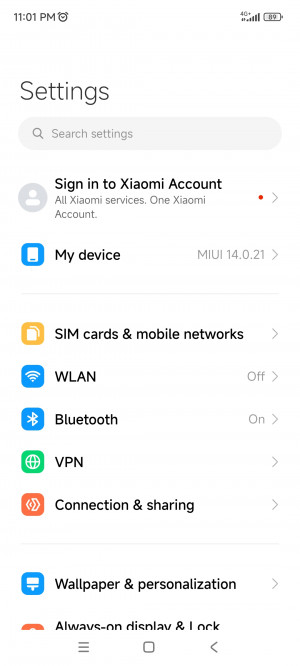
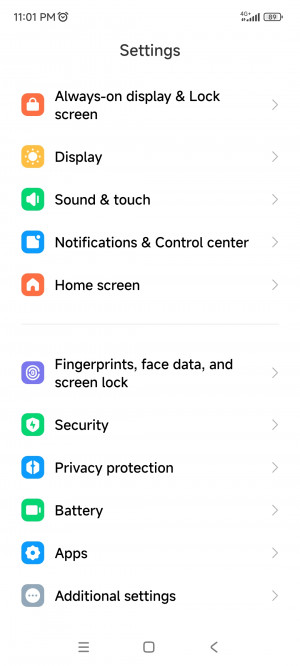
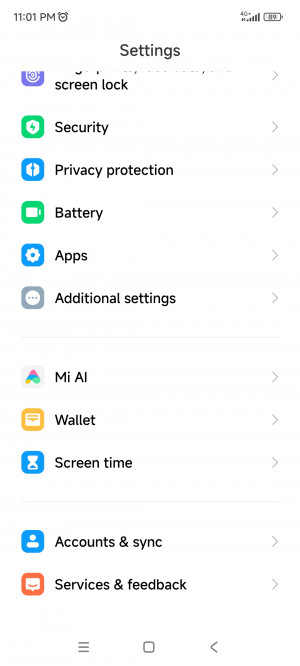
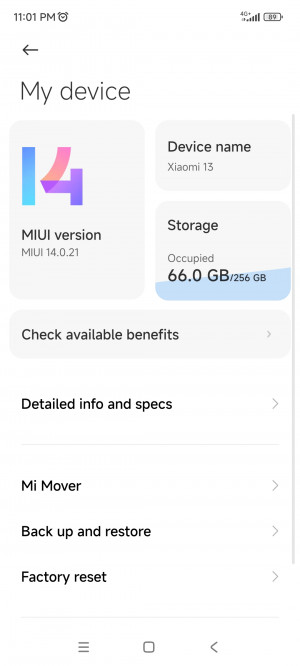
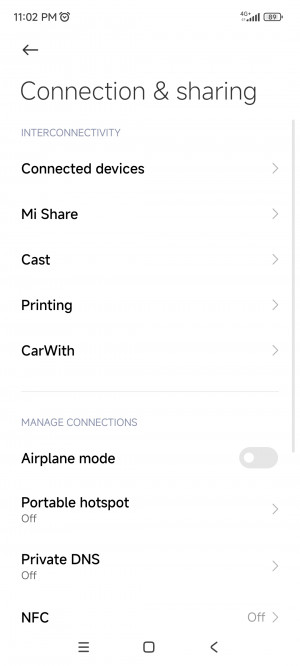
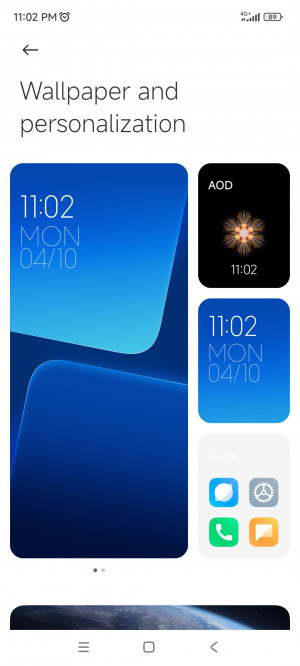

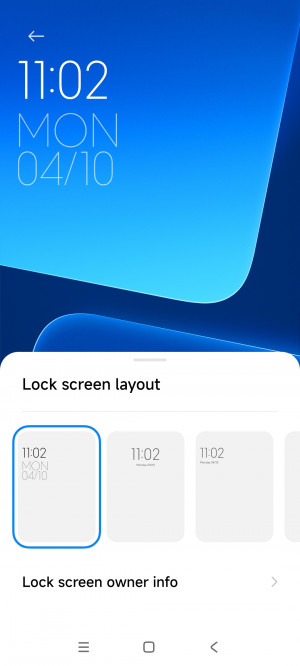

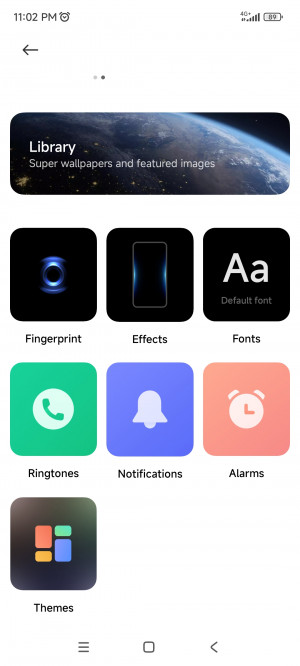

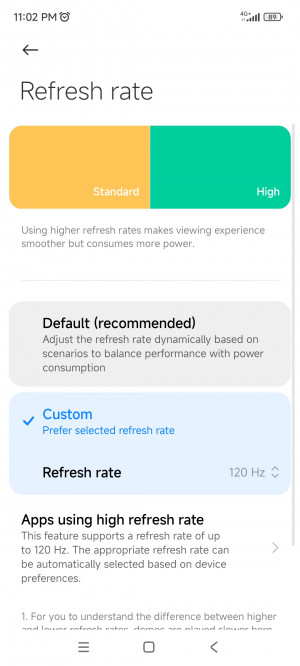
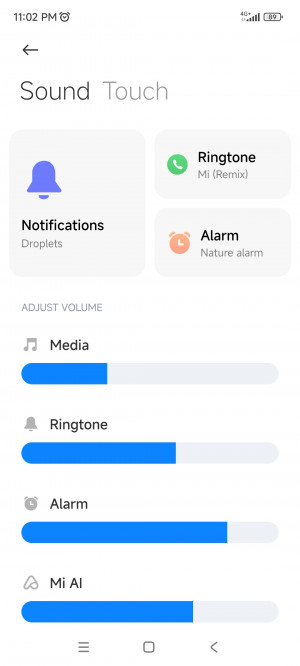
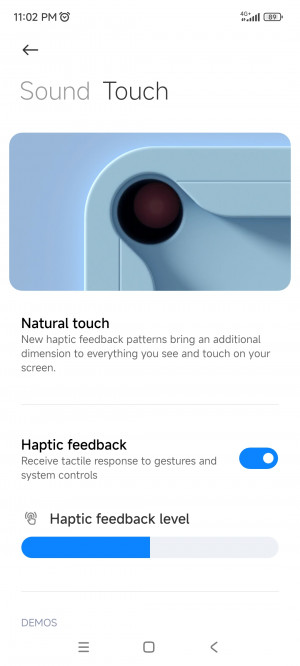
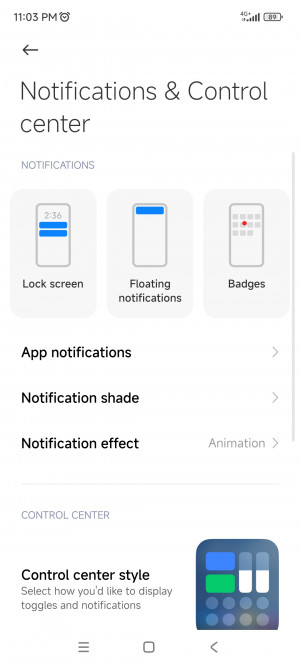
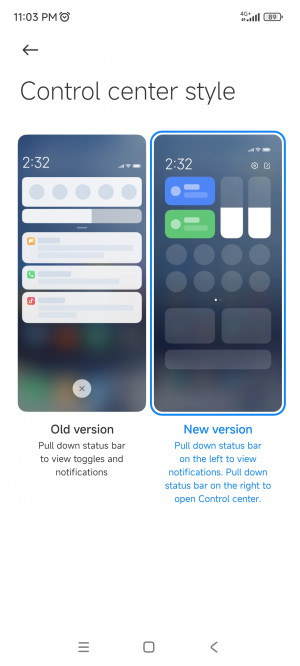
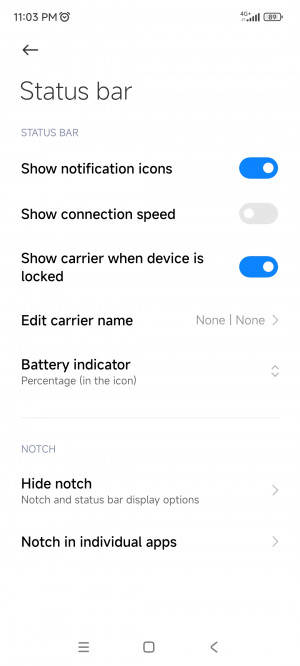
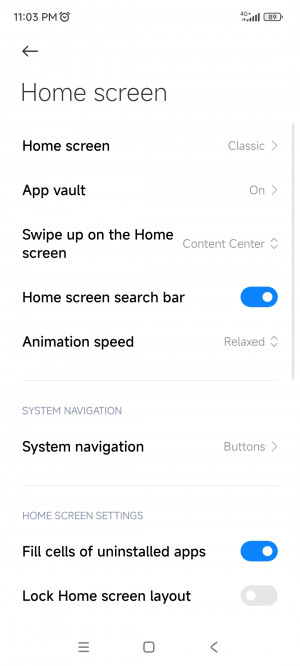

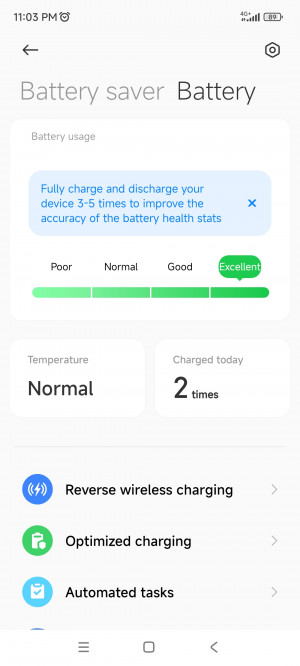
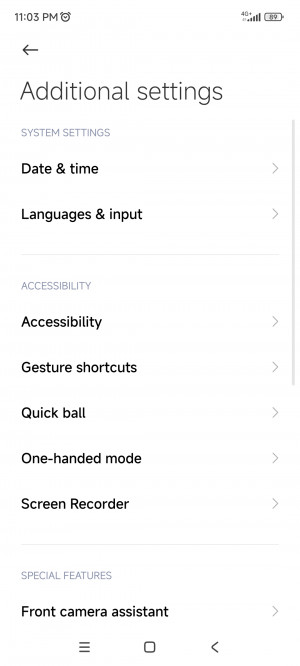
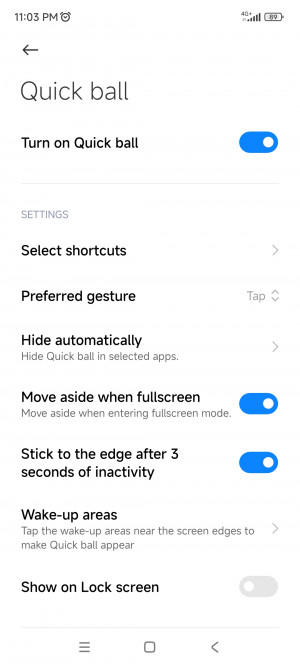
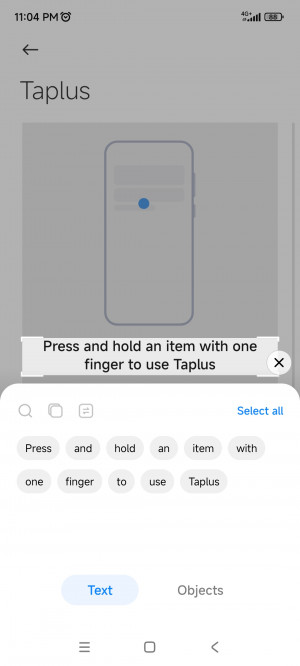

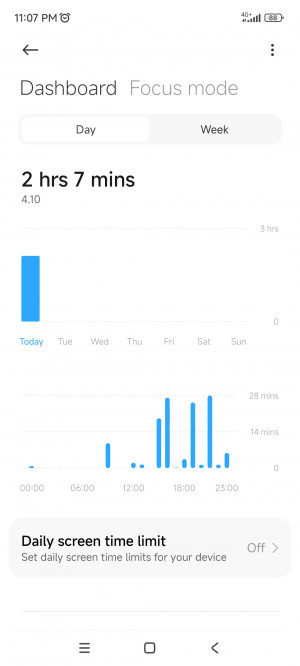
Cameras
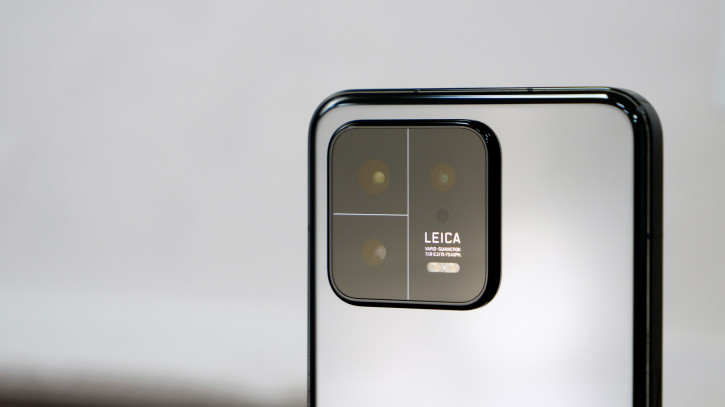
Xiaomi 13 received three full-fledged cameras, butThe selection of sensors in them is somewhat puzzling. The main camera is based on a mid-range Sony IMX800 sensor, familiar to us from the Honor 70 series. Moreover, Xiaomi cropped it, leaving only 50 megapixels from 54 megapixels. The 3.2x telephoto is a tiny Samsung 3K1 (1/3.75″), used in the same role in the S22/S22+/S23/S23+. It's only 10 megapixels, so it's honestly impossible to record 4K on it. Finally, the wide one is a cropped OmniVision OV13B from 13 megapixels to 12 megapixels, which was the main camera in Redmi 8. Autofocus and optostab were brought into two of the three cameras: the main one and the telephoto camera. Overall it doesn’t sound very impressive, let’s look at some example photos.



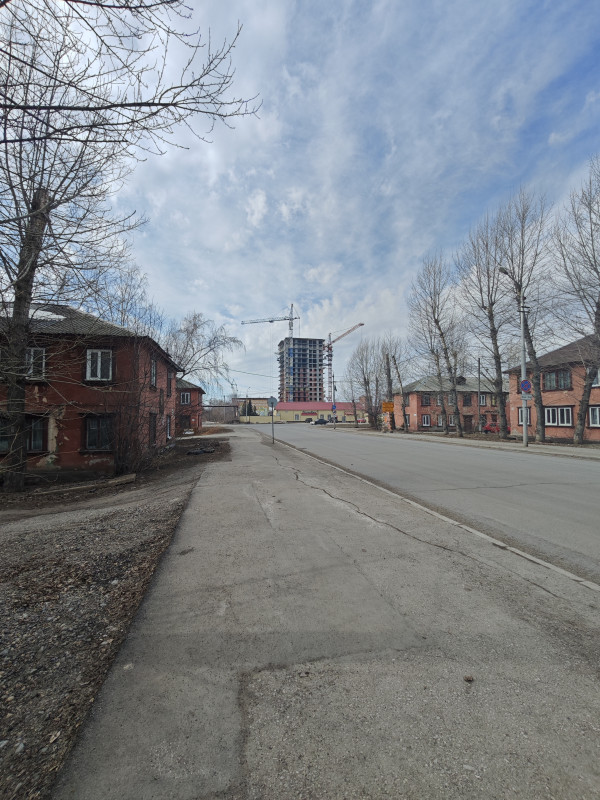



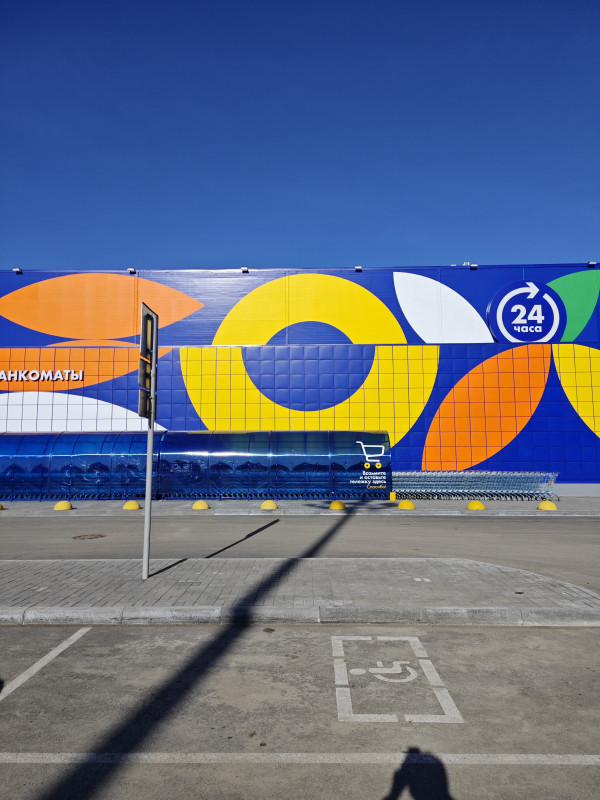



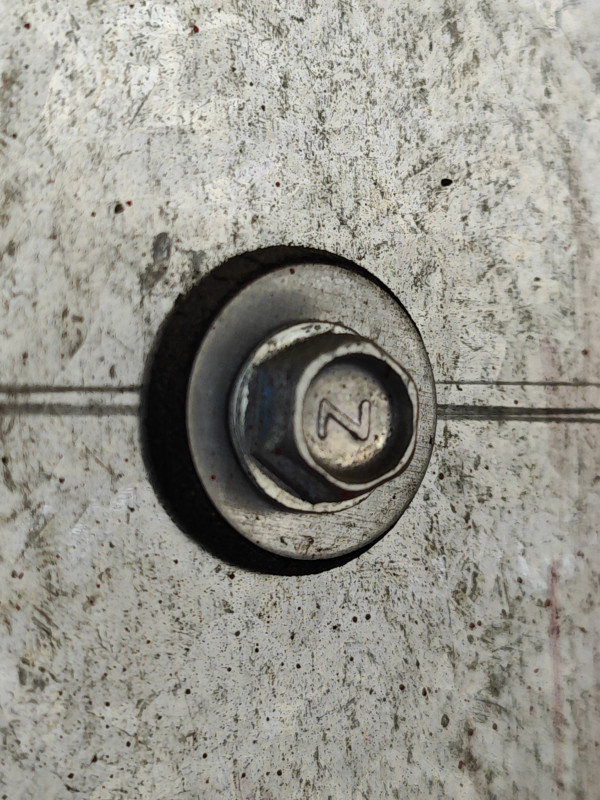





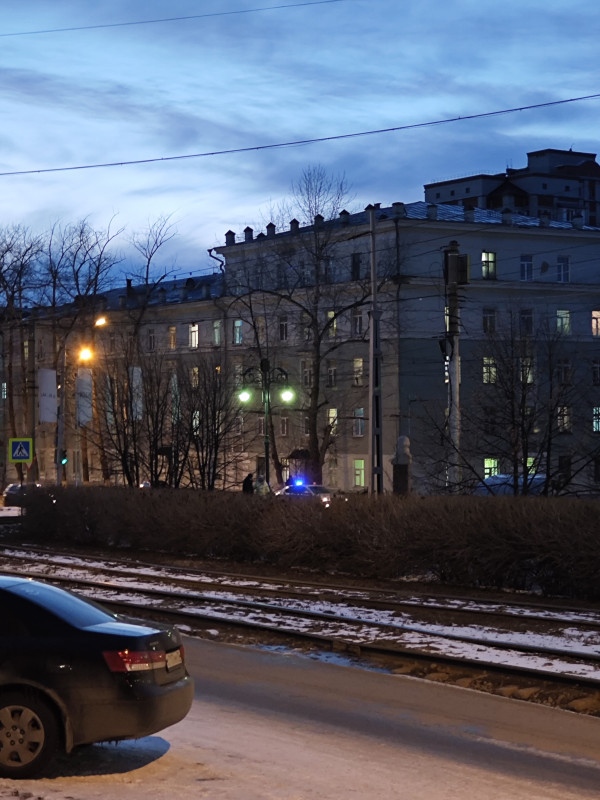




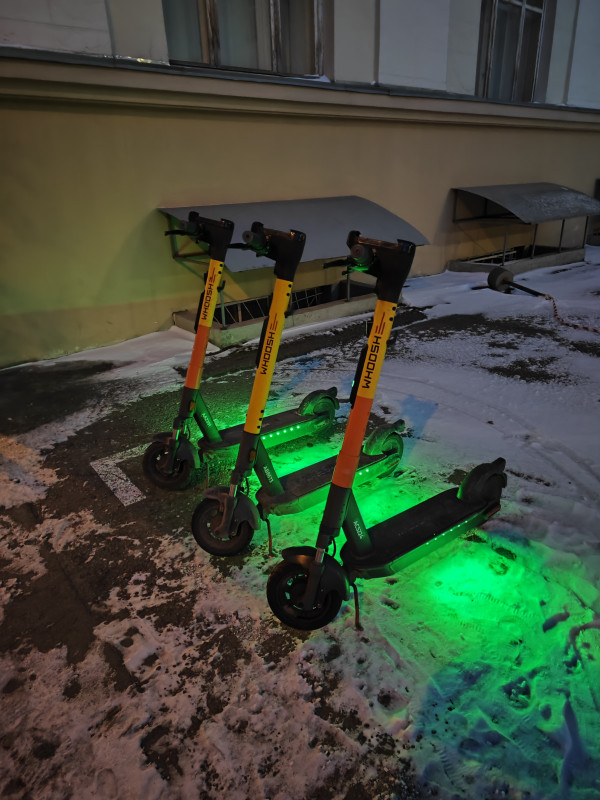


Sample photos also do not look very impressive.Of the main disadvantages - there is no way to shoot a macro, and additional cameras give in when there is a lack of lighting. In addition, the algorithms are not very stable, photos taken in a row sometimes differ greatly from each other. Well, the color reproduction of the three cameras is not synchronized in any way, they shoot differently. But the smartphone copes with simple scenarios perfectly, the presence of a wide and telephoto greatly expands the shooting possibilities, so for most buyers this set of cameras, in fact, will be enough. We can say that in terms of the photo part this is a worthy middle peasant, except that the telephoto camera distinguishes the “trinashka” against the background of more affordable models.

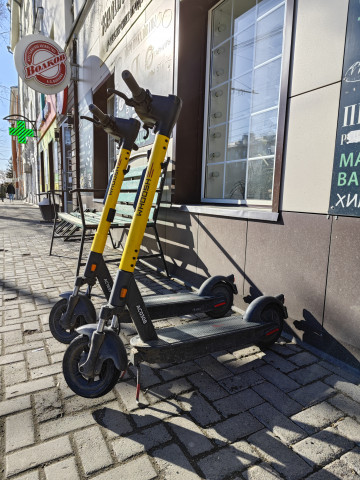
Two photos at the same time with the same settings for one camera from one point
But for what I will write out respect to Xiaomi - so forwhich allowed me to manually choose between two styles of photography - "shoot to be beautiful" and "shoot everything as it is." Here it is called Leica Vibrant and Leica Authentic, respectively. All sample photos in this review were taken in Leica Vibrant mode.
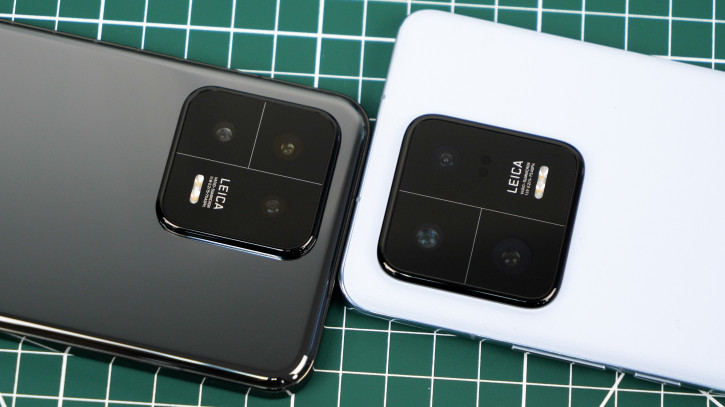
Xiaomi 13 and Xiaomi 13 Pro
Video can be recorded on all three cameras, butthere are a lot of restrictions. If the base can write 4320p@24fps and 2160p@60fps, then the width is limited to 2160p@30fps, and the telephoto is completely 1080p@30fps. Switching between cameras is only available in 1080p@30fps, even if both cameras support higher recording quality. When recording video, autofocus does not always work well, plus the inability to disable EIS leads to unpleasant ghosting of light sources. At the same time, I would like to note the good work of the microphones and pleasant color reproduction.



32 MP front camera uses a sensorOmniVision OV32C and f/2.0 optics. Wide aperture and lack of autofocus is a bad combination: you need to take a selfie only from a certain distance, otherwise you will get a blurry frame (for example, on a selfie stick, if someone else uses them, you can’t shoot here). And you don’t even need to provoke HDR triggering, its algorithms for the front camera are, to put it mildly, strange.
Performance and tests
Xiaomi 13 is based on the latest flagship chipsetQualcomm Snapdragon 8 Gen 2, memory capacities vary from 8+128 GB to 12+512 GB. In Russia, only the 12 + 256 GB option is available, in my opinion, the most optimal of all (although 256 GB may not be enough for some users). Well, the hardware is excellent, it remains to qualitatively accompany it with software. Throttling tests do not bode well in this regard.
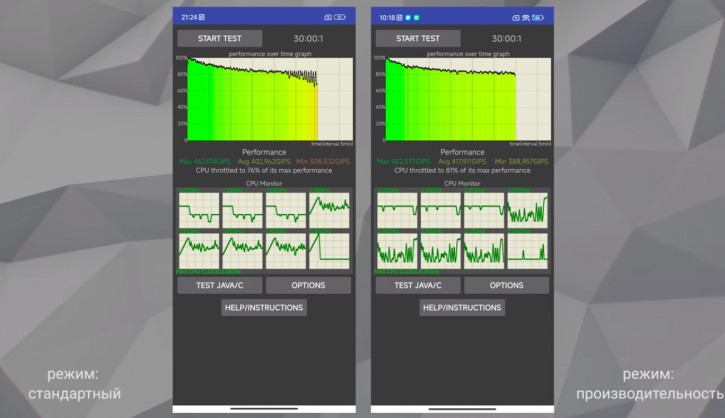
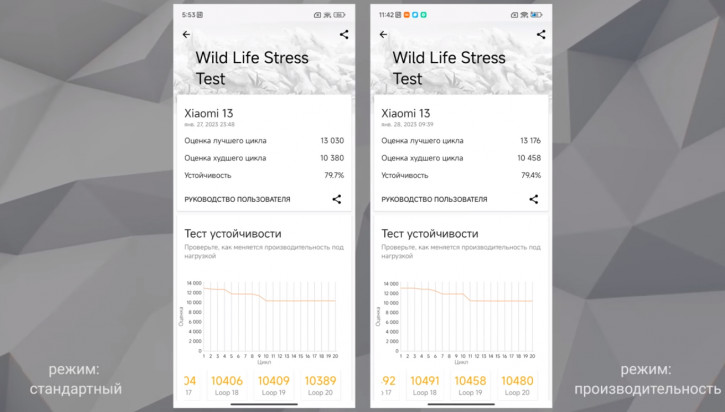
However, not everything is as rosy as it seems.Like any flagship, Xiaomi 13 heats up under load, but its measures to combat heat are too radical. Among them - a gradual decrease in the frequency of the screen to 40 Hz and maximum brightness to ~ 280 nits, as well as turning off all wireless communications (except for voice communications). While gaming, the Internet, fortunately, is not cut off, but playing on a 40-Hz screen with a brightness of 280 nits is a controversial pleasure.

Fortunately, lowering the screen frequency can bedisable by deleting the data of the application called Joyose. I don't know what it is, but it looks like a "gift" from Black Shark, whose MIUI add-on is called JoyOS. The same operation must be performed with the Power and Performance application - then 120 Hz is unlocked in games (without this, all games go to 60 Hz). It’s sad that while even Samsung is abandoning its “game degraders”, Xiaomi, on the contrary, is producing them for some reason.
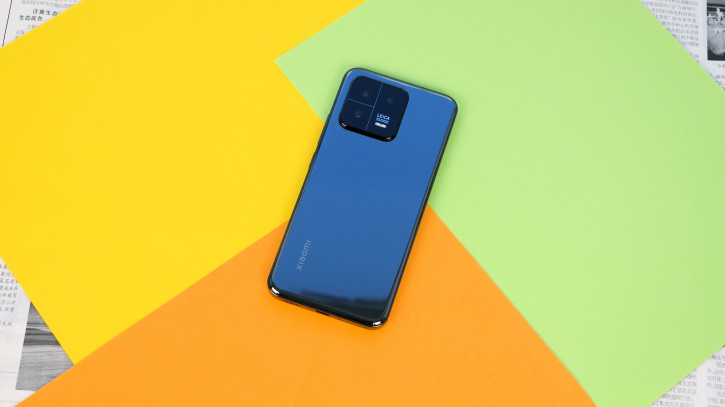
From all of the above, you probably don'tunderstood how things are in games. The answer is this: everything is fine at the start, and there is even 120 Hz if you make the appropriate manipulation. Genshin Impact and any other heavy games run at maximum speeds no worse than on other flagships. But over time, the chipset starts to heat up, the screen brightness drops, and if Joyose is not broken, then the frequency will also look like lags. Moreover, even quite simple games can start to lag, if they can fire up the chipset.
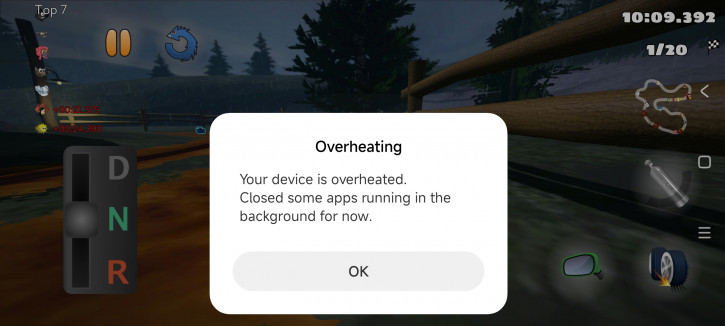
All these tricks with brightness and hertz are needed toto minimize heating, and this goal is good: after an hour-long SuperTuxKart test, it was problematic to hold a smartphone in your hands. The discharge for this time was 23%; this is an excellent result for an advanced smartphone with a small screen and, as a result, a small battery (4500 mAh). For an hour of browsing, the discharge was 11%, for an hour of video display - 8%. In general, depending on scenarios, you can expect 5 to 7 hours of screen time from a smartphone within one to two days of use.
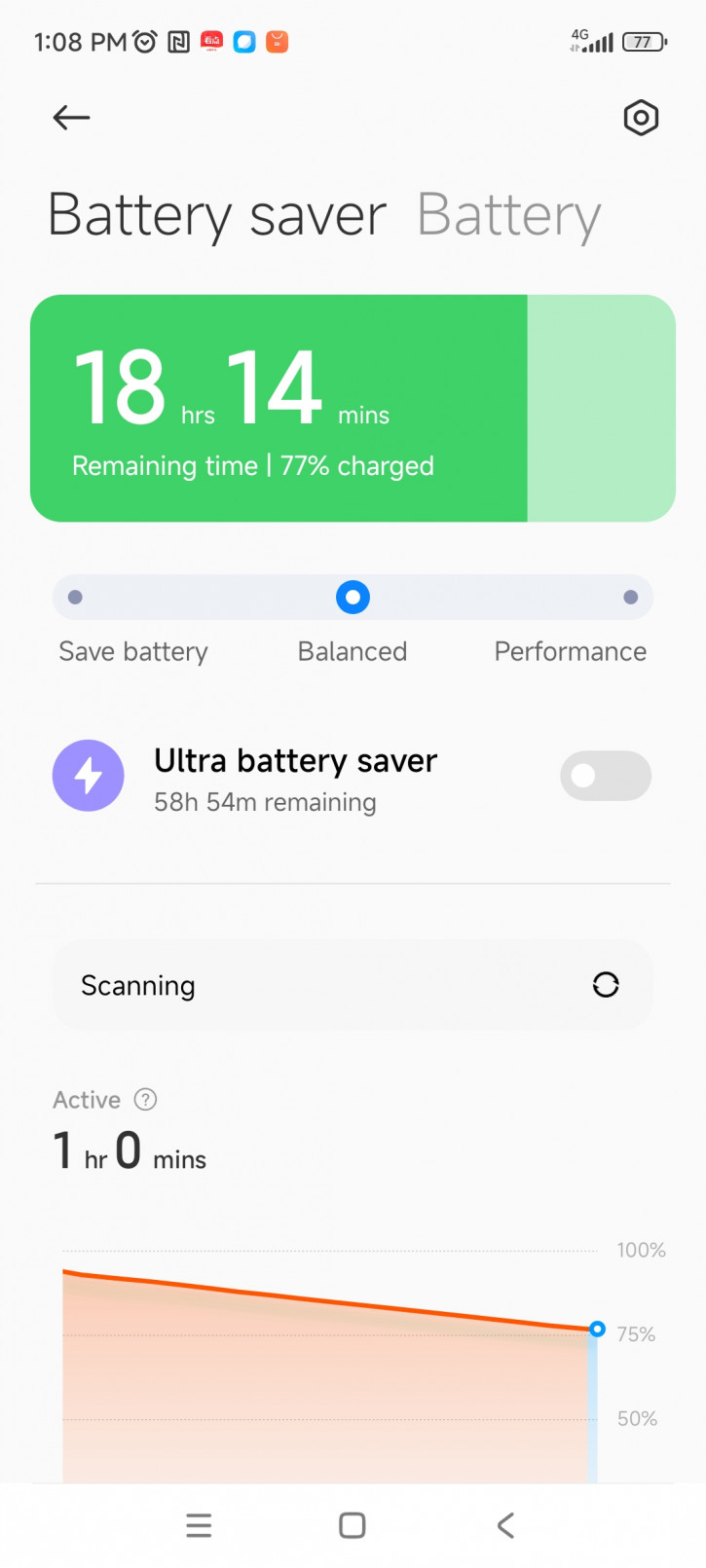

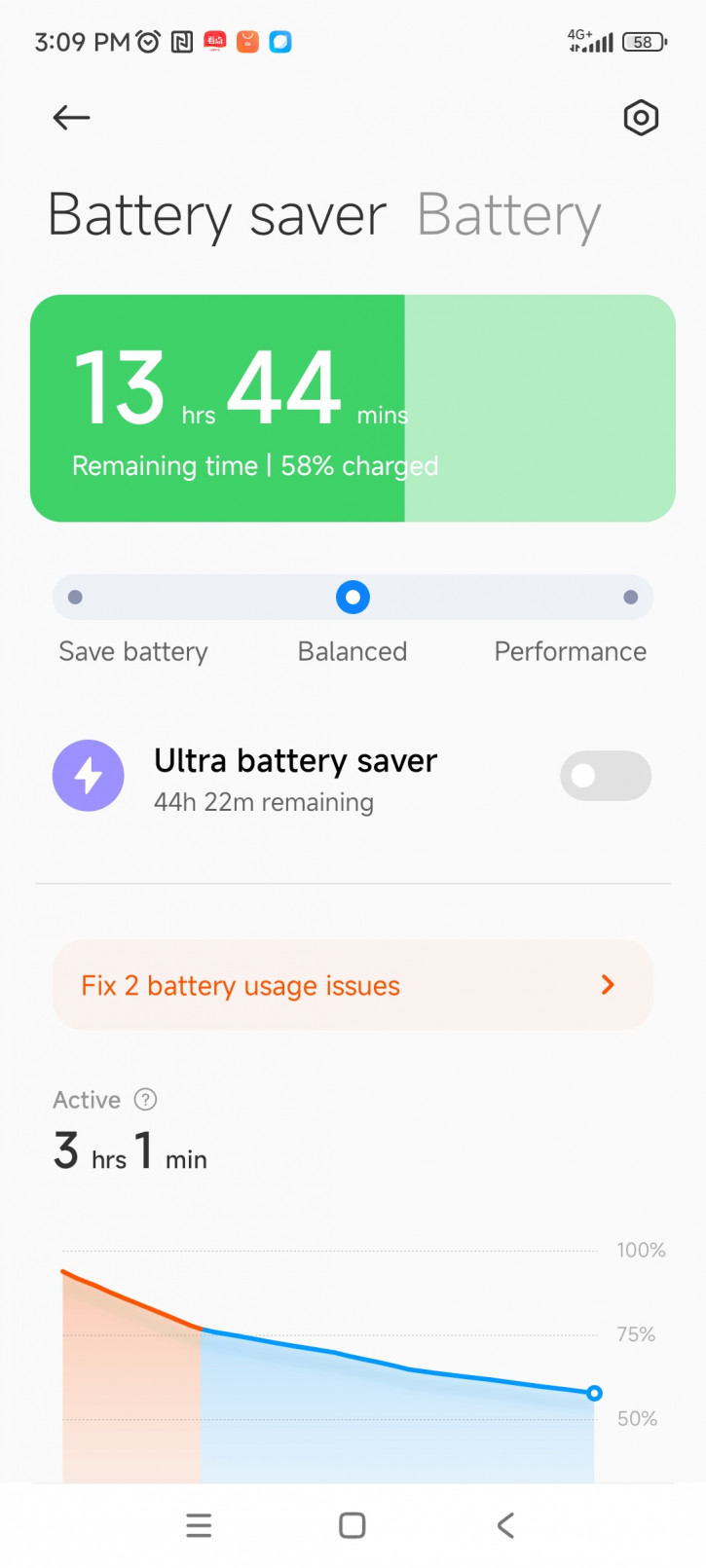
The included 67-W charger charges the smartphone with 1%up to 100% in 45 minutes (own measurement). In 15 minutes the charge reaches 40%, in half an hour - 76%. I note that even at its peak, the effective charging power was only 33.4 W; what does Xiaomi mean by labeling “67 W” for this charger, I don't know.
Conclusions
Xiaomi 13 is one of the few compactAndroid flagships with current hardware. Compared to its main competitor, the Galaxy S23, it looks good (mainly due to Samsung's 3900 mAh battery). At the same time, the Chinese managed to screw up the ergonomics of this smartphone, and this is one of the key parameters that fans of compact smartphones pay attention to. At the same time, Xiaomi engineers cannot but be praised for their thin frames and incredibly large screen for such dimensions (6.36×8243;).
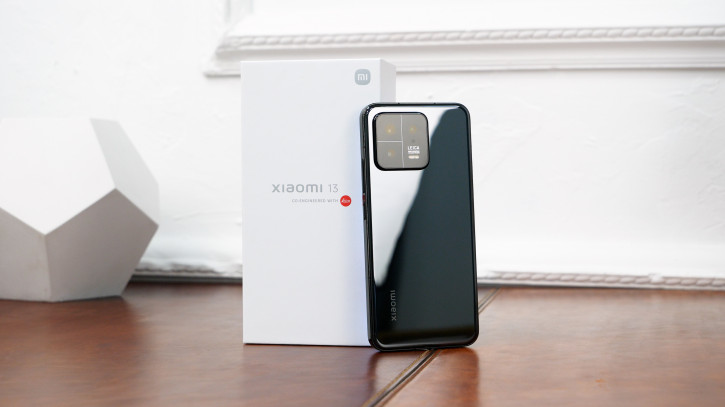
If we consider Xiaomi 13 not as compacta smartphone for a specific audience of such devices, but simply as a "junior flagship", then exactly one question arises: why is it so expensive? Non-top cameras, unintelligible design and crutches in gaming software are clearly not worth its current price. And the point here is not in the course of the ruble and not in the greed of the global Xiaomi: in China, the “trinashka” is also more expensive than many good smartphones on 8 Gen 2. At a more attractive price, Xiaomi 13 can become a well-deserved hit, but not now.
© Oleg Lazarev.